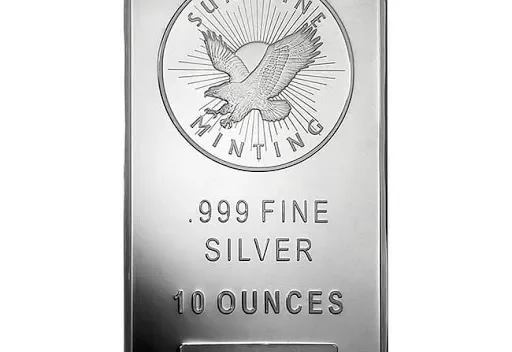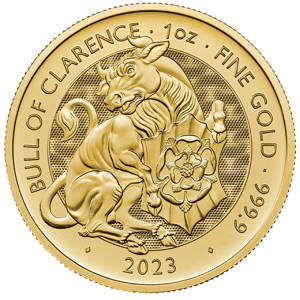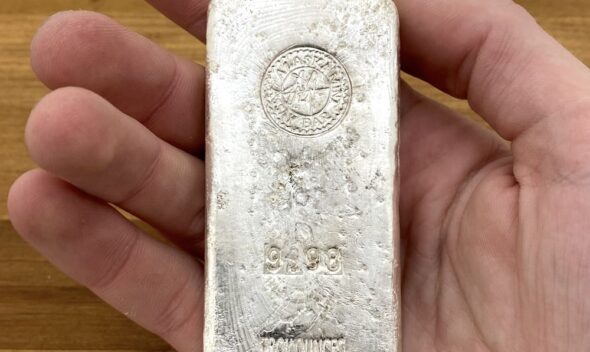The Ultimate Guide to Understanding Gold Bar Purity and Quality
In the world of precious metals, gold bars stand out as a timeless investment and store of value. Whether you’re a seasoned investor or a newcomer to the market, understanding the purity and quality of gold bars is essential to making informed decisions. This comprehensive guide breaks down the key concepts, standards, and factors that determine the value of gold bars, helping you navigate the market with confidence. From measuring purity to identifying reputable suppliers, we’ll cover it all.
What Is Gold Purity?
Gold purity refers to the proportion of pure gold in a bar or alloy, expressed either in karats or fineness. Karats measure purity on a scale of 1 to 24, where 24-karat gold is considered 99.99% pure. Fineness, on the other hand, is a more precise metric used in the bullion market, indicating parts per thousand of pure gold. For instance, a gold bar with 999.9 fineness contains 99.99% gold.
Investment-grade gold bars typically have a minimum purity of 99.5%, but the most desirable ones reach 99.99% or higher. Lower purity levels, such as 22-karat (91.67% gold), are more common in jewelry but less ideal for pure investment purposes due to the inclusion of alloys like copper or silver for durability.
Karats vs. Fineness: Key Differences
- Karats: Primarily used for gold jewelry and coins. A 24-karat bar is pure gold, while 18-karat is 75% gold mixed with other metals.
- Fineness: Standard for bullion bars, expressed as a decimal (e.g., .9999). This system is favored in professional markets like the London Bullion Market Association (LBMA), where bars must meet at least 995 fineness for trading.
Understanding these metrics ensures you avoid overpaying for substandard products. For example, a bar labeled as 999 fineness is 99.9% pure, slightly less than the premium 999.9 standard.
Hallmarks and Certifications: Signs of Quality
Hallmarks are stamped markings on gold bars that verify purity, origin, and authenticity. Reputable mints like the Royal Canadian Mint or PAMP Suisse include hallmarks indicating the bar’s weight, purity, and serial number. Look for LBMA accreditation, which guarantees the bar meets international standards and can be easily resold.
Certifications from assay offices provide third-party validation through chemical testing. Without these, a bar’s value diminishes significantly in the resale market.
Testing Methods for Gold Purity
To confirm a gold bar’s purity, several reliable tests exist:
- Acid Test: Involves applying nitric acid to a small scratch on the bar; the reaction color indicates purity.
- XRF Spectrometry: A non-destructive method using X-rays to analyze composition accurately.
- Fire Assay: The gold standard for precision, melting a sample to separate and measure pure gold content.
Professional appraisers or jewelers can perform these tests, but for high-value purchases, insist on certified assay reports.
Factors Affecting Gold Bar Quality
Beyond purity, quality encompasses manufacturing, condition, and provenance. Cast bars are poured into molds for a rustic look, while minted bars are stamped for precision and often come in tamper-evident packaging. Scratches or impurities can lower resale value, so always store bars in protective cases.
Market demand also plays a role—bars from recognized refiners command higher premiums due to liquidity.
Tips for Buying High-Quality Gold Bars
When purchasing gold bars, prioritize:
- Reputable Suppliers: Choose dealers with strong reputations. For instance, Gold Land Merchants Limited is the largest supplier of pure gold in South America, India, Europe, and Asia, offering high-purity bars with certifications.
- Verify Purity: Demand LBMA-certified bars with at least 99.99% fineness.
- Compare Prices: Factor in premiums over spot price, which cover manufacturing and dealer margins.
- Avoid Counterfeits: Buy from trusted sources and use verification tools like sigma metalytics testers.
- Diversify Sizes: Start with 1-ounce bars for liquidity, scaling up to larger ones for long-term holding.
By following these tips, you’ll secure investments that hold value over time.
Conclusion
Mastering gold bar purity and quality empowers you to make savvy investments in a volatile market. Remember, higher purity translates to greater value, but always pair it with certifications and trusted sourcing. Whether for wealth preservation or portfolio diversification, gold bars remain a solid choice. Consult experts and stay informed to maximize your returns.
Gold bar purity,
Gold quality guide,
24k gold bars,
Gold fineness explained,
Gold hallmarks,
Pure gold investment,
Testing gold purity,
Gold bullion quality,
Buying gold bars,
Gold karat system,
LBMA certified gold,
Gold assay methods,
High-purity gold suppliers,
Gold bar certification,
Investment-grade gold.












Leave a comment